Comparing The Benefits And Costs Of Engaging In An Activity

The allure of progress, whether individual or societal, often hinges on a deceptively simple question: Is it worth it? From embracing new technologies to implementing sweeping policy changes, the evaluation of benefits versus costs remains a critical, yet often fraught, exercise. A miscalculation can lead to wasted resources, unintended consequences, and a missed opportunity for genuine advancement.
This article delves into the complexities of cost-benefit analysis, exploring the methodologies employed, the inherent challenges faced, and the ultimate importance of making informed decisions. We will examine specific examples across various sectors, considering both quantifiable economic factors and less tangible social and environmental impacts. Ultimately, our goal is to provide a balanced perspective on how to navigate the intricate landscape of evaluating the true value of any undertaking.
Understanding Cost-Benefit Analysis
Cost-benefit analysis (CBA) is a systematic approach to estimating the strengths and weaknesses of alternatives. It is used to determine options that provide the best approach to achieving benefits while preserving savings.
The core principle of CBA involves identifying and quantifying all potential costs and benefits associated with a particular activity, project, or policy. These costs and benefits are then converted into a common unit, typically monetary value, allowing for a direct comparison.
While seemingly straightforward, the process is fraught with challenges, particularly when dealing with intangible or long-term impacts. Assigning a monetary value to something like environmental preservation or improved public health often requires complex modeling and subjective judgments.
Quantifying the Tangible: Economic Benefits and Costs
Economic benefits are generally easier to quantify, often involving direct financial gains such as increased revenue, reduced expenses, or improved productivity. Similarly, economic costs can include initial investment, operating expenses, and potential losses due to displaced industries.
Consider, for example, the construction of a new high-speed railway line. The economic benefits might include increased tourism revenue, reduced travel time, and improved connectivity for businesses. The economic costs would encompass construction expenses, land acquisition costs, and ongoing maintenance.
Organizations like the World Bank and the International Monetary Fund frequently employ CBA to evaluate the economic viability of large-scale infrastructure projects in developing nations. These analyses often involve complex econometric models to project future economic growth and assess the project's impact on national GDP.
Addressing the Intangible: Social and Environmental Impacts
Quantifying social and environmental impacts poses a significant challenge. How do you assign a monetary value to cleaner air, improved quality of life, or the preservation of biodiversity?
Various techniques are used to address this, including contingent valuation (asking people how much they would be willing to pay for a particular benefit) and hedonic pricing (analyzing how environmental factors affect property values). However, these methods are often criticized for their subjectivity and potential biases.
For instance, the implementation of stricter environmental regulations on a coal-fired power plant might result in higher energy costs for consumers (an economic cost). However, it could also lead to reduced air pollution, lower rates of respiratory illness, and improved overall public health (social and environmental benefits). Balancing these competing factors requires careful consideration and a willingness to grapple with uncertainty.
Case Studies: Real-World Applications of CBA
The application of CBA varies depending on the context. Consider the introduction of autonomous vehicles.
On the one hand, autonomous vehicles promise increased safety, reduced traffic congestion, and improved accessibility for the elderly and disabled. On the other hand, they raise concerns about job displacement in the transportation industry, cybersecurity risks, and ethical dilemmas related to accident liability.
Another example lies in the realm of public health. The implementation of a nationwide vaccination program against a contagious disease involves significant upfront costs for vaccine development, production, and distribution. However, the potential benefits – reduced disease transmission, lower healthcare costs, and increased productivity – can far outweigh the initial investment.
The Limits of Quantification: A Critical Perspective
It is crucial to acknowledge the limitations of CBA. The process often relies on simplifying assumptions and projections, which can be inaccurate or biased. Moreover, certain values, such as human life or cultural heritage, are inherently difficult to quantify.
Critics argue that over-reliance on CBA can lead to decisions that prioritize economic efficiency over social equity and environmental sustainability. For example, a project that generates significant economic benefits might disproportionately harm marginalized communities or degrade sensitive ecosystems.
Therefore, CBA should not be viewed as a definitive decision-making tool, but rather as one input among many. Ethical considerations, social values, and political realities must also be taken into account.
Moving Forward: Improving CBA Practices
Despite its limitations, CBA remains a valuable tool for informing decision-making. However, continuous efforts are needed to improve its accuracy, transparency, and inclusiveness.
This includes developing more sophisticated methods for quantifying intangible benefits and costs, incorporating diverse perspectives into the analysis, and explicitly acknowledging the uncertainties involved. Greater transparency in the assumptions and methodologies used in CBA can also help build public trust and ensure accountability.
Ultimately, the goal is to move beyond a purely economic calculus and embrace a more holistic approach to evaluating the true value of any activity. Investing in research, fostering interdisciplinary collaboration, and promoting open dialogue are essential steps in this direction. A commitment to continuous improvement will ensure that CBA remains a relevant and effective tool for navigating the complex challenges of the 21st century.
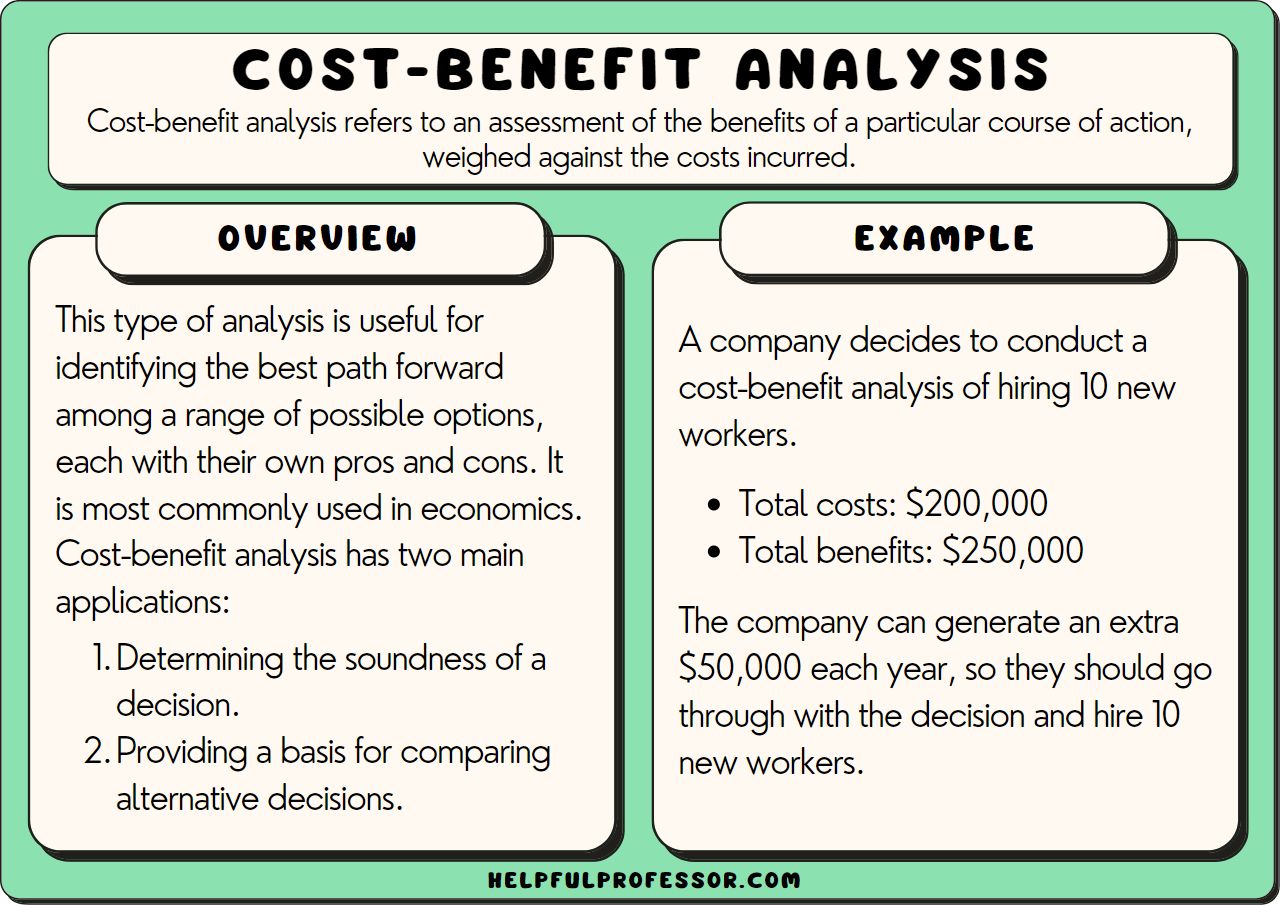
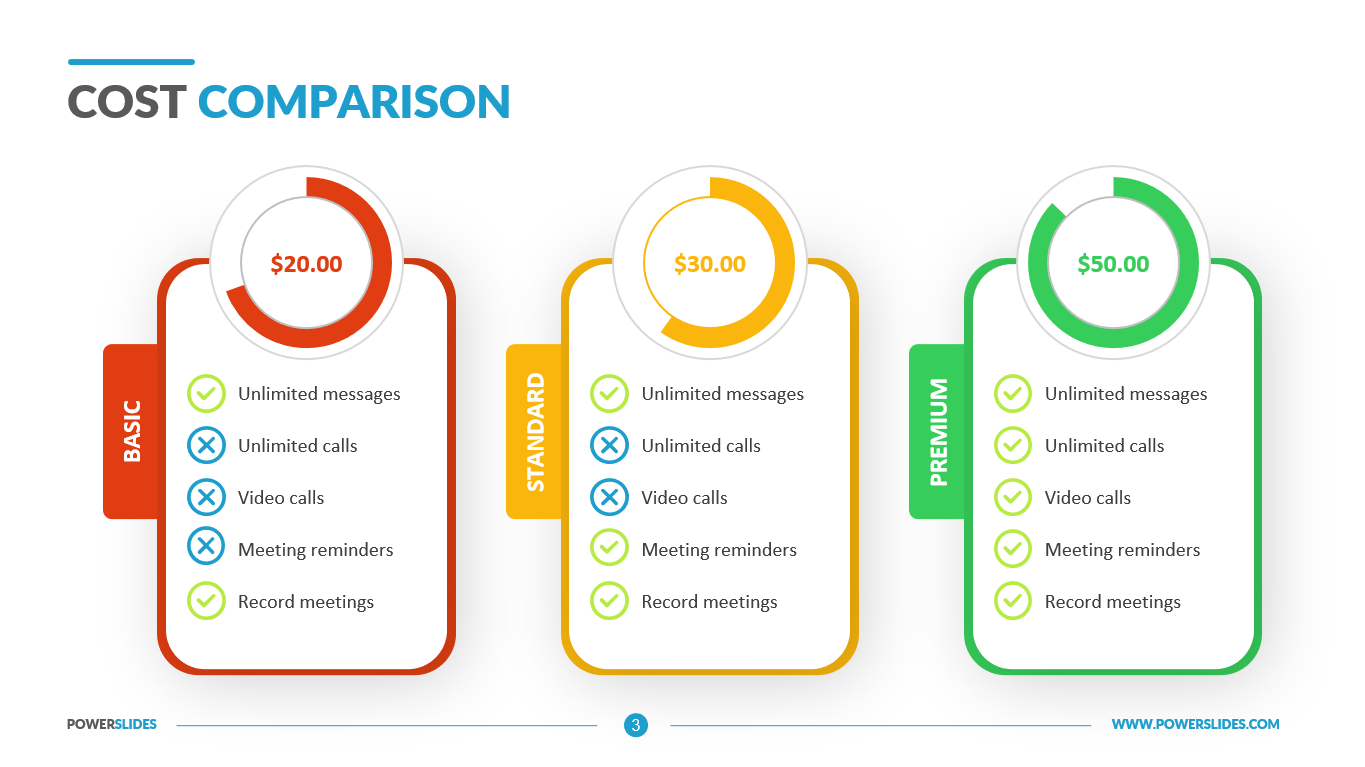
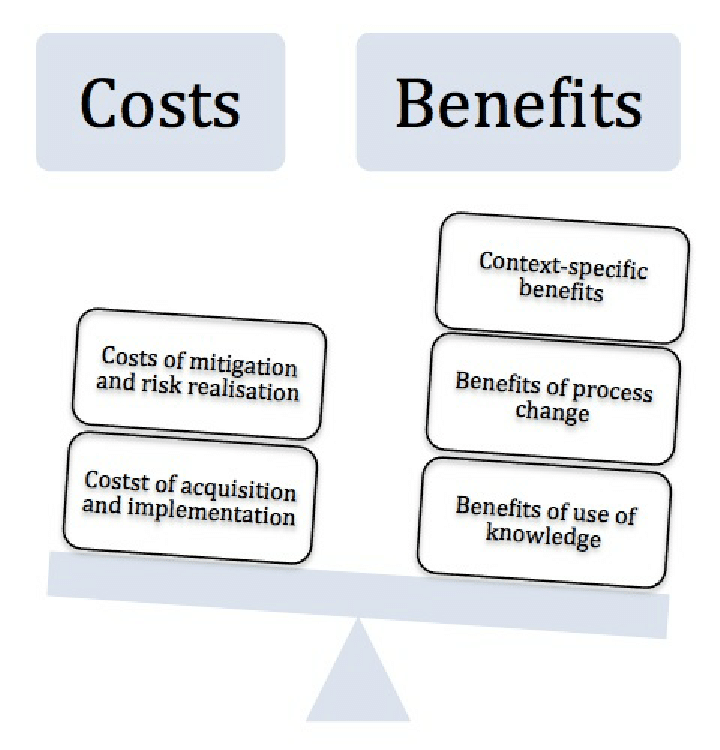
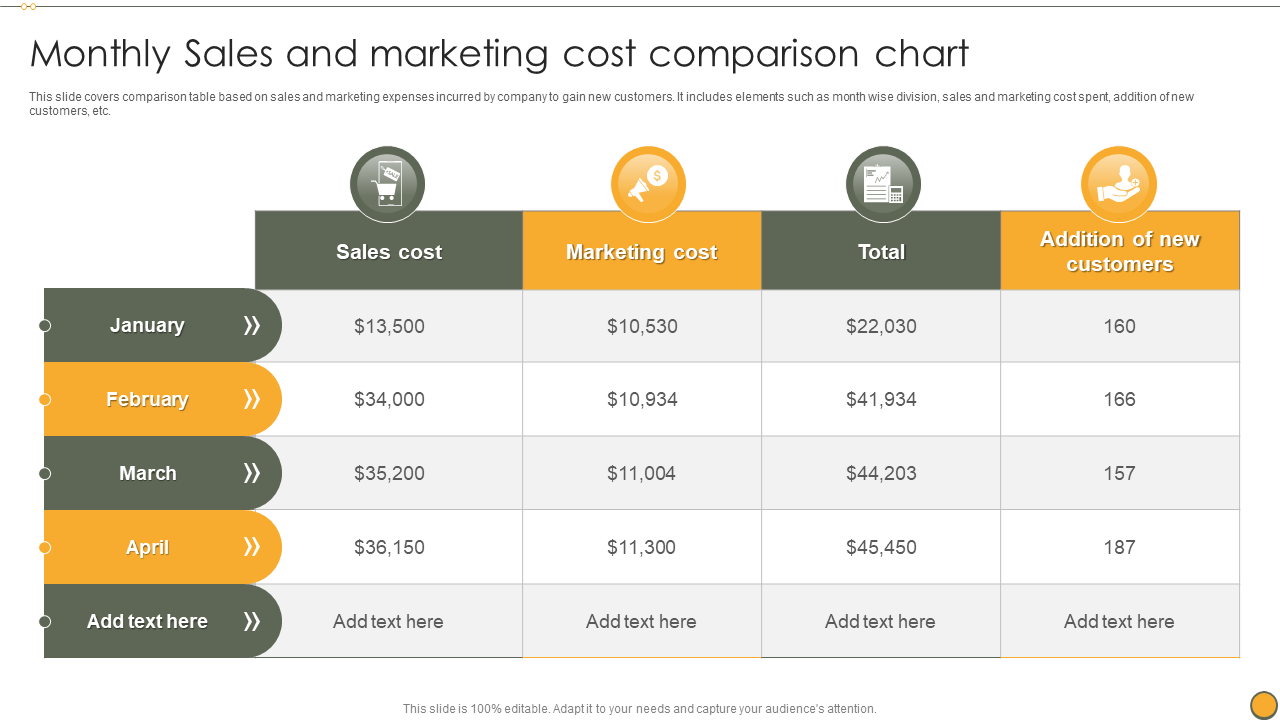
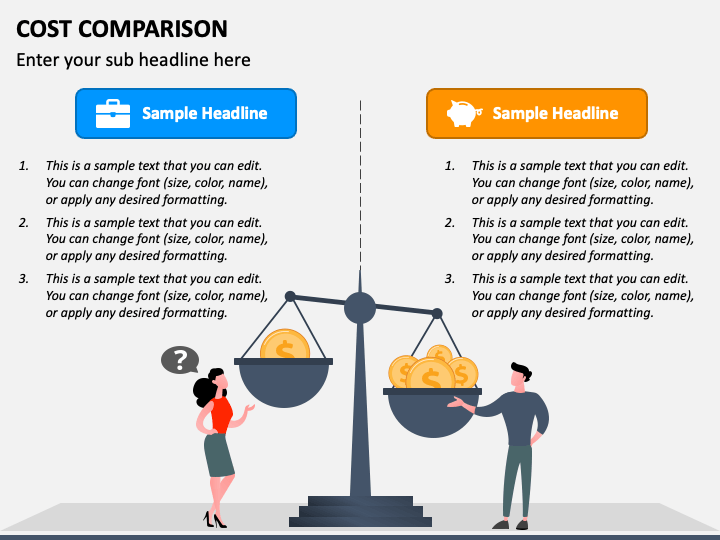
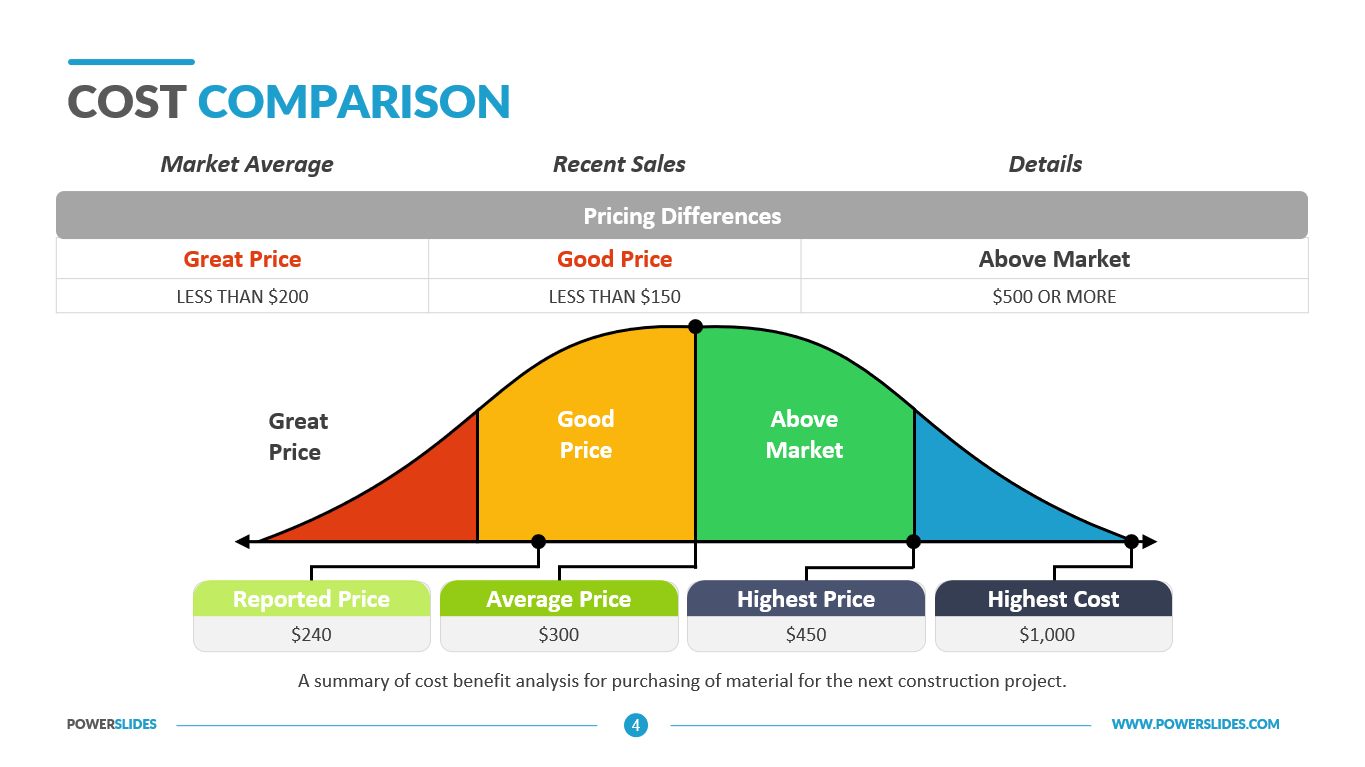
![Comparing The Benefits And Costs Of Engaging In An Activity Benefits Management Matrix [Free download]](https://sync.appfluence.com/static/images/benefits-management-matrix.png)
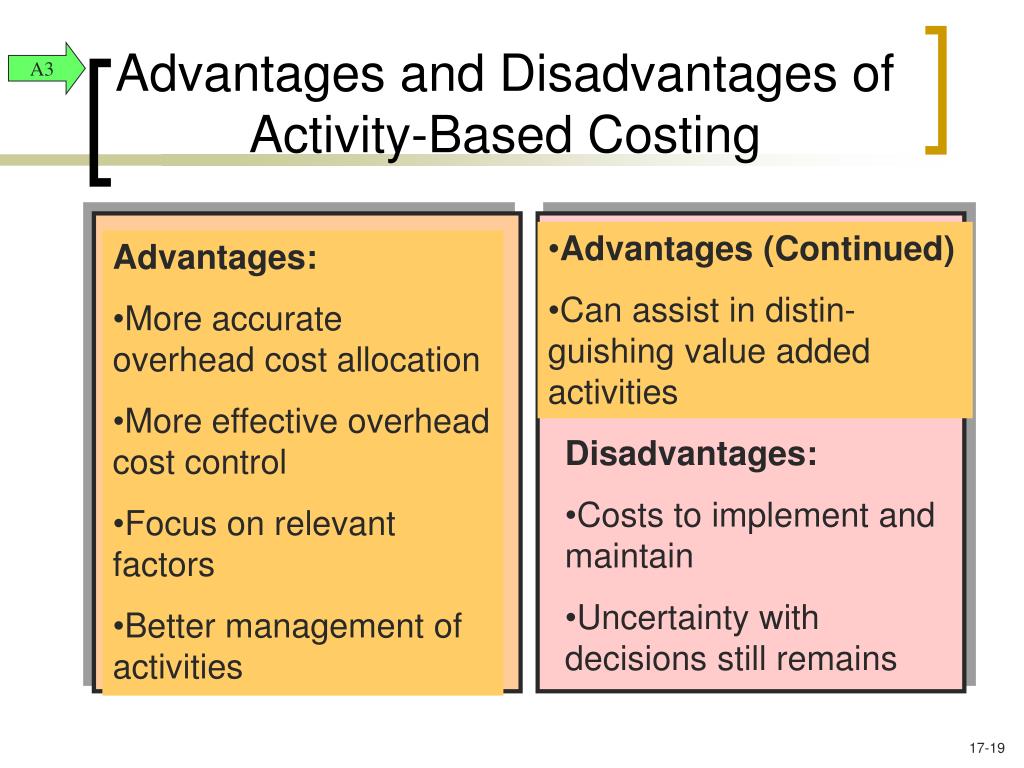
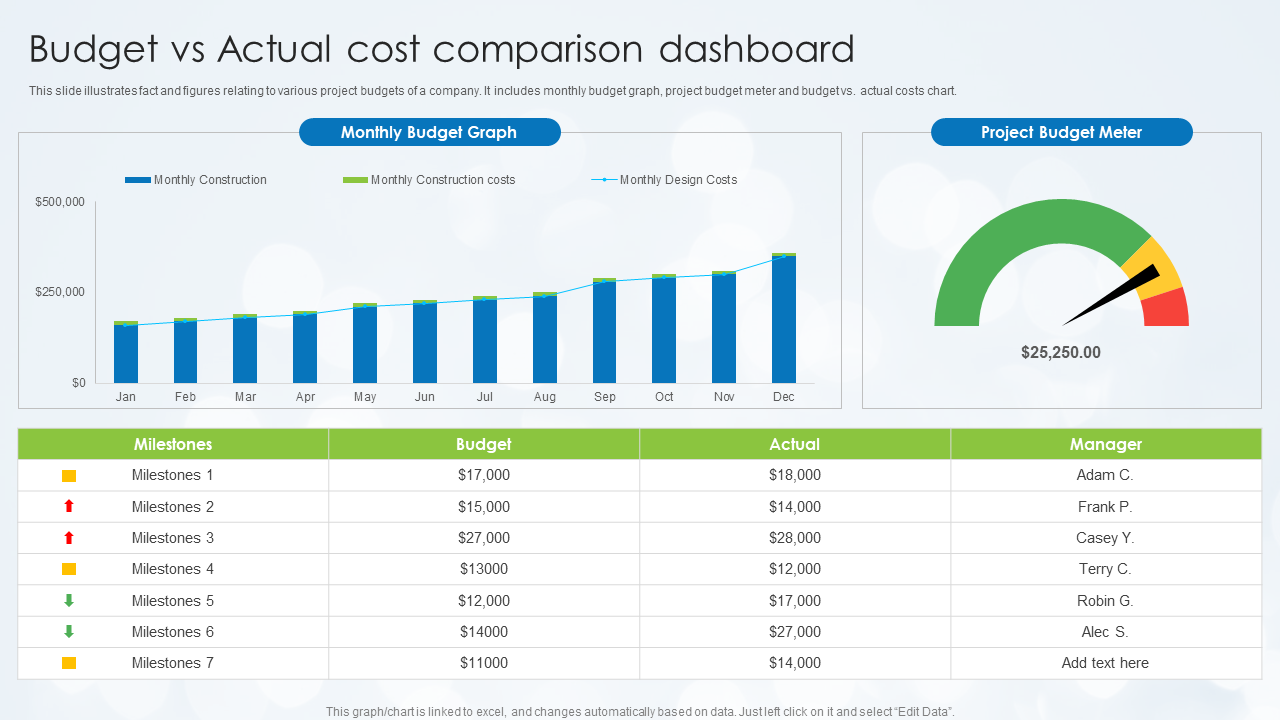



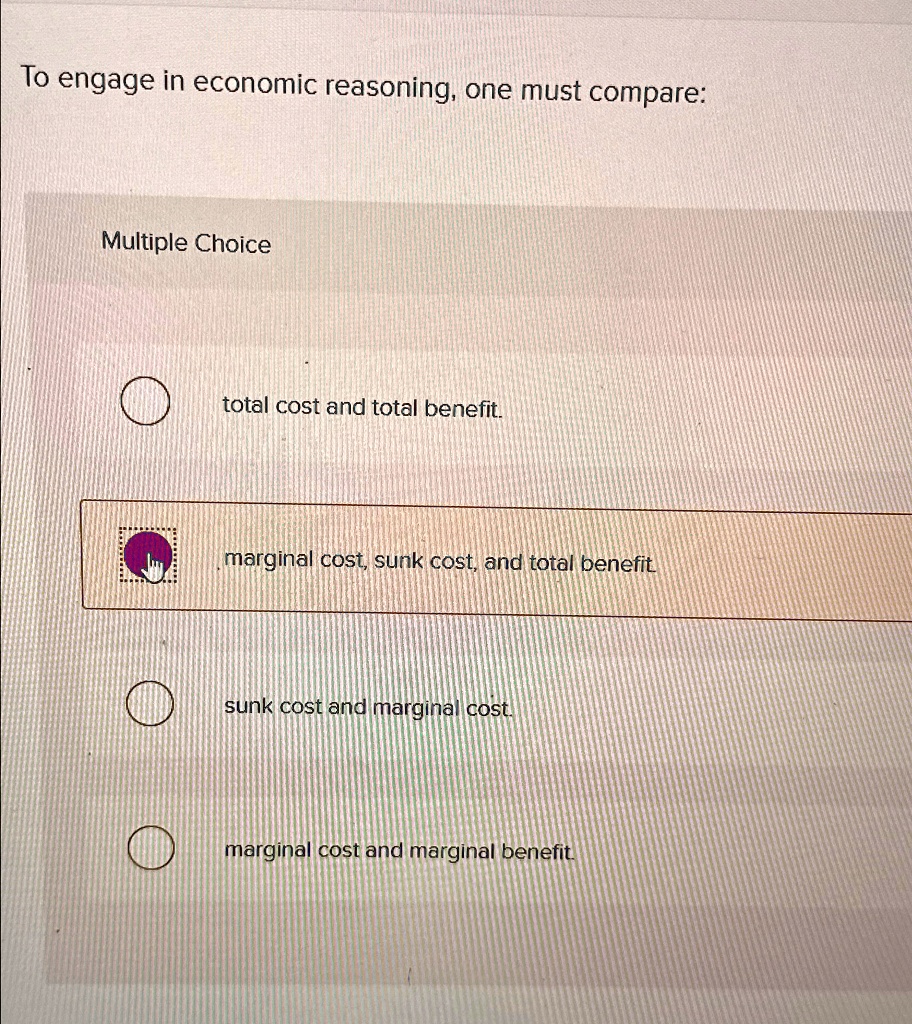
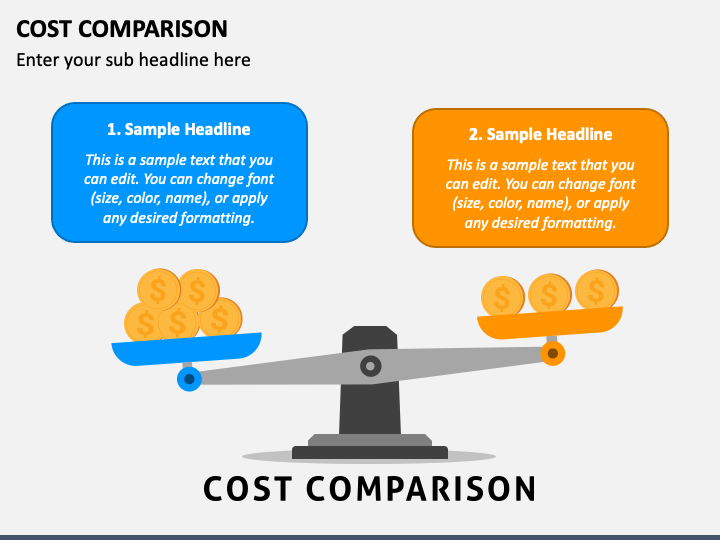


:max_bytes(150000):strip_icc()/Cost-benefitanalysis-3be1b4befc724d8ca1e69760344ece2f.jpg)

